
 |
| Ming Xiaoliang Tomb is about 800 years old. (China Daily/Hari Raj) |
We initially have our hearts set on a cable-car ride to the peak, but we soon get distracted by the mausoleum of Sun Yat-sen, the Zhongshanling. Sun, a revered revolutionary leader who played a pivotal role in overthrowing imperial rule of the Qing Dynasty in 1911, wished to be buried in Nanjing. Today, thousands of visitors make a pilgrimage to his tomb each day.
The mausoleum sparkles in the sunlight. Climbing up the 392 stone steps involves dodging plenty of people looking through the viewfinder of a camera. But it's worth it once you soak in the view, as serene as the statue of Sun that greets you at the top.
For lunch, my companion has heart set on one thing and one thing only: duck-blood noodles. These are made, congealed and then boiled and are vacuumed up by millions of Nanjingers every morning. The broth is tasty, the texture of the duck blood is somewhat unique, and after a brief quest I happen upon more stinky tofu.
Sated, we next head to the Linggu Temple and its trademark Beamless Hall - as the name suggests, no trees were harmed in the construction of this brick-and-stone edifice. Wandering around the paths takes us to the Linggu Pagoda, which peeks through the trees as you walk toward it.
Upon entering, we spot insects flitting around - closer inspection reveals an abundance of ladybugs. They perch on the banister of the spiral staircase that leads to the top, and a woman climbing up ahead of us confides that they are reincarnated souls that have come back to the pagoda. We nod, and watch where we put our feet.




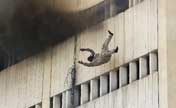

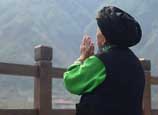
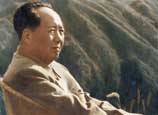
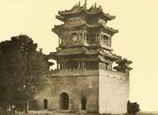


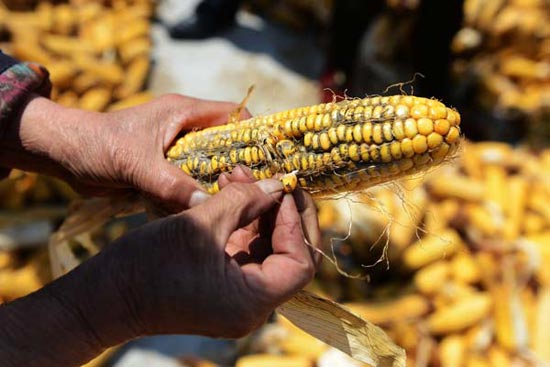








![]()
